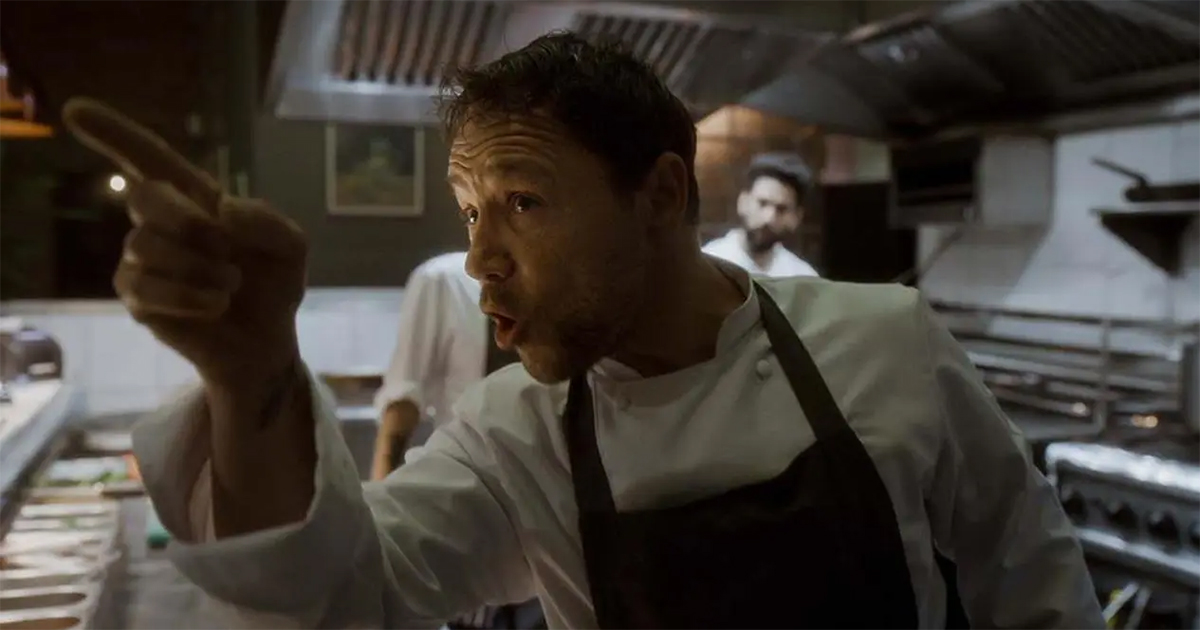
We’re all familiar with Gordon Ramsay’s Hell’s Kitchen, but Boiling Point aims to shine a light on mental health and addiction in the hospitality industry. It does so in a feature length one-take kitchen drama starring Stephen Graham as the harassed chef with a simmering temper.
As a former head chef, director Philip Barantini knows the industry all too well. “I worked in kitchens for 12 years prior to filmmaking and I knew this world was ripe to explore on film,” he told IBC365. “My idea was for the story to be set in a kitchen and for it to be erratic and fast paced with overlapping dialogue. I could picture it all in my head, how the characters should move.”
The budget indie film was also set in the same London eatery where Barantini used to work. The feature arose from a short film on the same topic, also called Boiling Point and starring Graham, which won the filmmakers a British Independent Film Award.
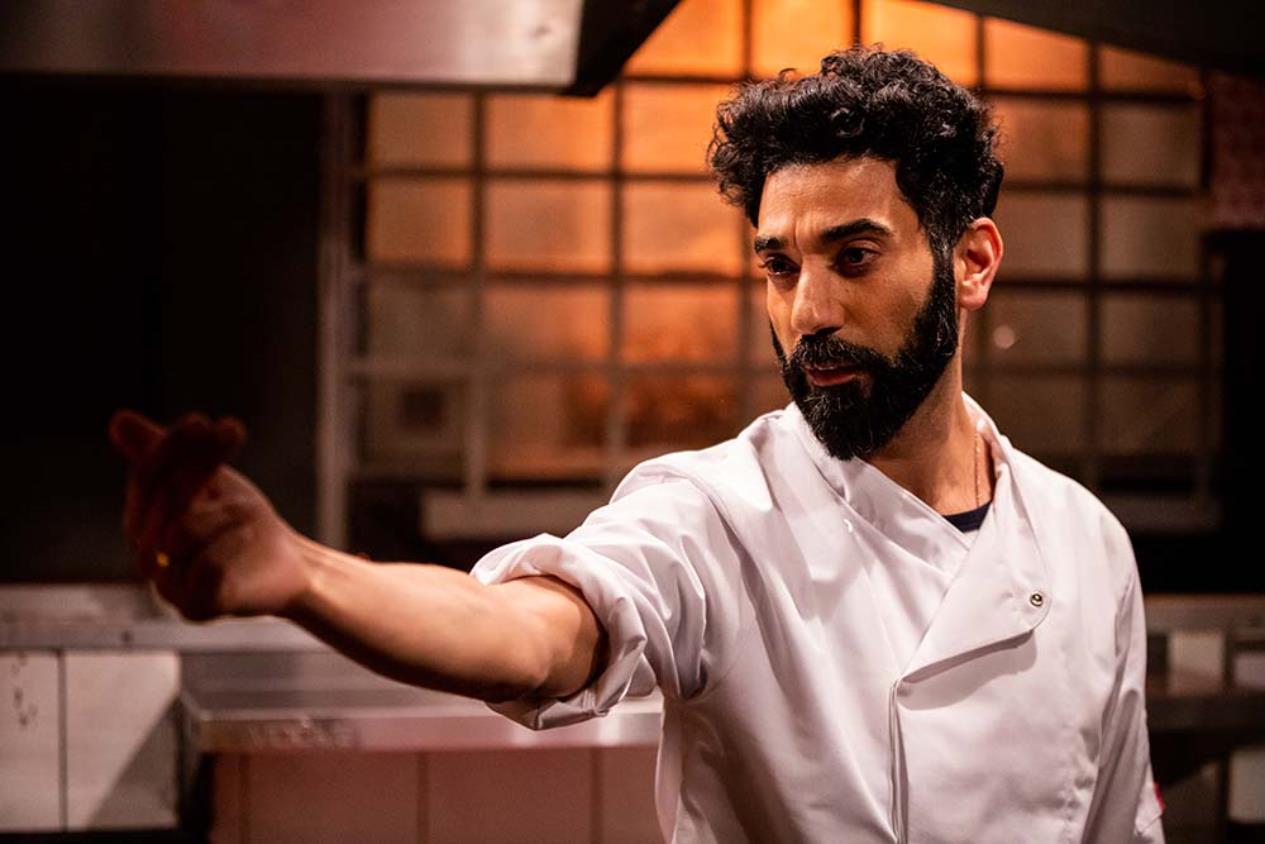
Not all shorts, though, necessarily translate into a 90-minute feature, let alone one that requires the DP to operate with a camera strapped to them for the duration of the production.
“We did that as a proof of concept to see if it was going to work — the last thing we wanted was a gimmick,” Barantini explains. “The idea to do a ‘one-er’ was to create an extra layer of tension and intensity to this world. We didn’t want it to become the spectacle.”
The DP in question is Matthew Lewis, who also lensed the short film. “But, the prep, logistics and practical co-ordination were pretty mind-boggling, and following the action with the camera through multiple rehearsals and actual takes was physically-demanding,” he shared with Cinematography World.
Lewis worked with London camera house Focus24 for several months in advance of the shoot to develop an “Easirig” camera system that would enable agile movement as well as seamless recording of the long take.
“We ran through the camera moves and story beats with our cast for two weeks, and then did two full rehearsals before the actual shoot itself, by which time I knew the camera path off by heart,” says Lewis, who was supported by grip Will Anderson.
A reloader, dressed as a guest, swapped memory cards in the camera, an operation the director describes as “like a Formula One” style pitstop, as he told British Cinematographer.
Those cards were going into a Sony VENICE digital cinema camera, which Lewis liked not only because there were two card ports, but because the company’s Rialto extension system allowed the sensor to live several feet away from the camera, with no loss of image quality, literally taking more weight off his shoulders.
The final camera and body rig combination also included a Zeiss Supreme 29mm lens and remote focus mechanism, a Pancro Mitchell D-strength diffusion filter, two Transvideo Starlite HD monitors pitched at 45 degrees, a Teradek Bolt 3000 XT transmitter, and two 150W batteries — which came in at 10 kilograms, all told. Lewis’ 1st AC, James Woodbridge, pulled focus remotely using a ARRI WCU-4 hand unit.
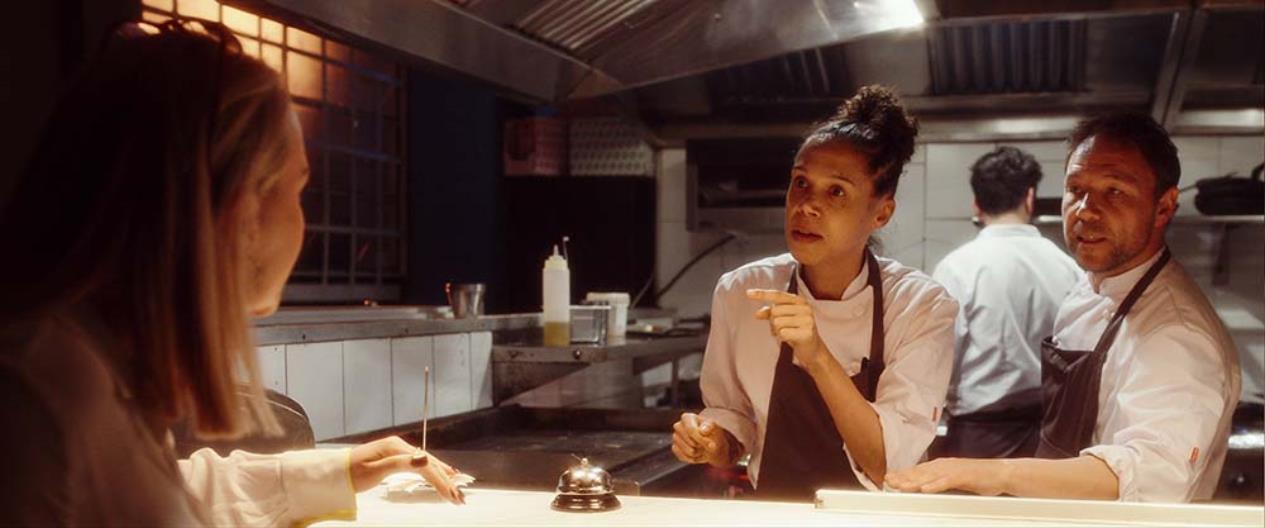
Cinematography World describes how Jem Balls were used to illuminate the exterior sequences, while the interiors were illuminated using carefully-concealed RGB Quasar tubes, Tungsten Fresnels and existing practicals refitted with LED bulbs by gaffer Max Hodgkinson.
Several areas, including some of the dining tables, were lit from above with dimmable Tungsten softboxes. The lighting on these could be heightened while the surrounding ambient light was lowered to deliver a subtle vignette to the image for key moments. The lighting and power package was provided by Pixipixel.
Photography was scheduled for four consecutive nights with two takes each night at 10:00 PM and 2:00 AM in March 2020. Inevitably, COVID intervened, meaning the production could only shoot for two nights, or four takes.
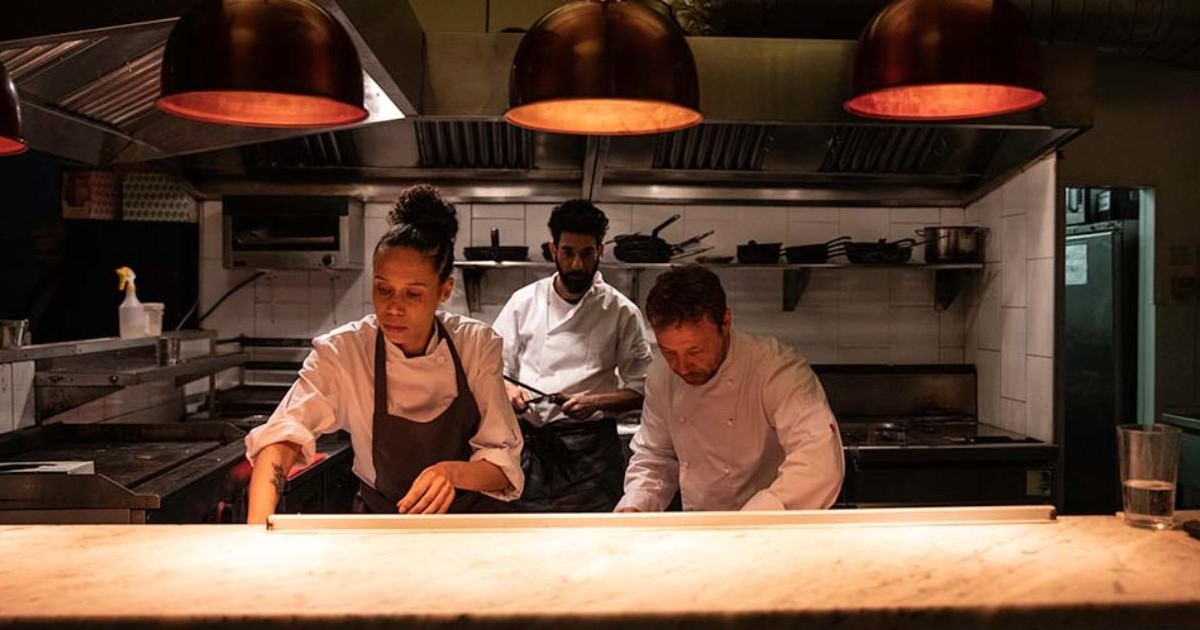
“It had a remarkable galvanizing effect, and everyone focused their energies towards getting the emotion on-screen,” Lewis said. “We shot four takes, but it was the third that became the final film. I’m glad that we wrapped when we did, as I think I’d have been a wreck after a further four takes.”
READ MORE: British DP Matthew Lewis pulls-off a one-shot wonder for Philip Barantini’s award-winning Boiling Point (Cinematography World)
Lewis told IBC365 that he aimed to create a constant flow between characters so you never feel like the camera is wandering by itself; a criticism that could be levelled at the Oscar-winning single-shot drama Birdman (2014).
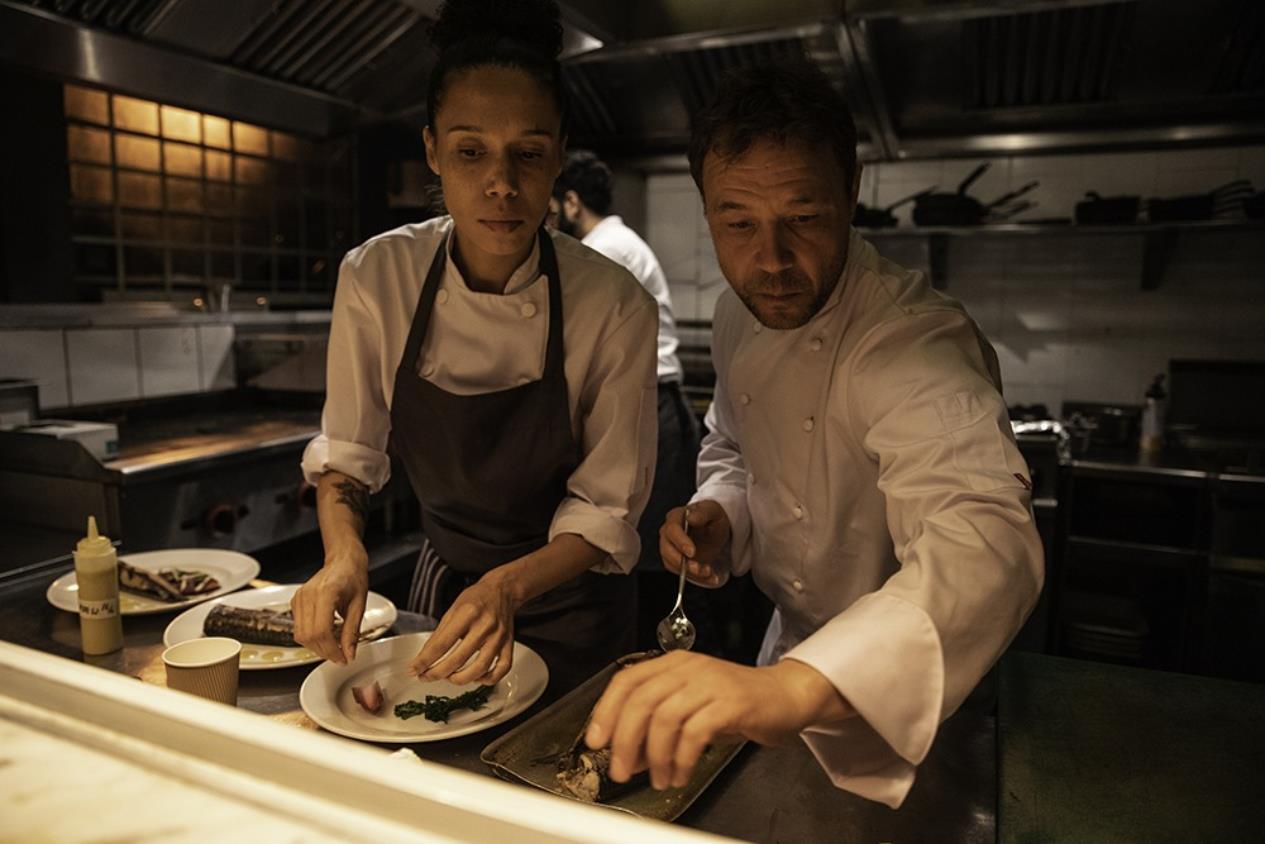
“As soon as you notice a camera walking down a corridor trying to find something you get pulled out of the story,” he says. “You’ve got to keep the action busy. It was lassoing to someone and swinging around to someone else — like pinballing between people to distract the audience from the one take. As much as I want people to be raving about it, I’d be really concerned if they were and not talking about the story.”
READ MORE: Behind The Scenes: Boiling Point (IBC365)
An additional trick was to avoid inadvertently winding up in the film himself, especially given the shiny kitchen environment.
It did happen once, he revealed to BritCine: “I do show up in the bathroom,” a women’s bathroom, where a hair dryer caught his reflection, but, he adds, “the VFX guys managed to get rid of me.”
READ MORE: Matthew Lewis / Boiling Point (British Cinematographer)
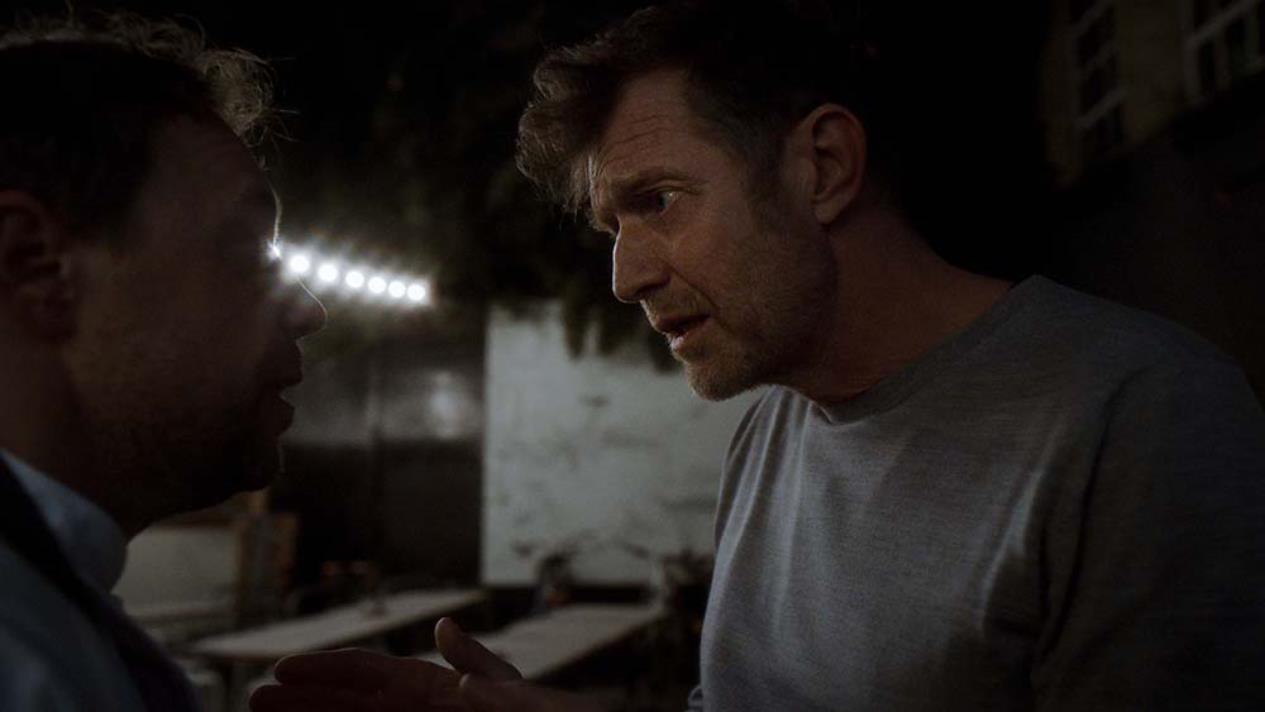
Next, Watch This
LIGHTS, CAMERA, ACTION! SPOTLIGHT ON FILM PRODUCTION:
From the latest advances in virtual production to shooting the perfect oner, filmmakers are continuing to push creative boundaries. Packed with insights from top talents, go behind the scenes of feature film production with these hand-curated articles from the NAB Amplify archives:
- Savage Beauty: Jane Campion Understands “The Power of the Dog”
- Dashboard Confessional: Ryusuke Hamaguchi’s “Drive My Car”
- “Parallel Mothers:” How Pedro Almodóvar Heralds the New Spanish Family
- “The Souvenir Part II:” Portrait of the Artist As a Young Woman
- Life Is a Mess But That’s the Point: Making “The Worst Person in the World”

